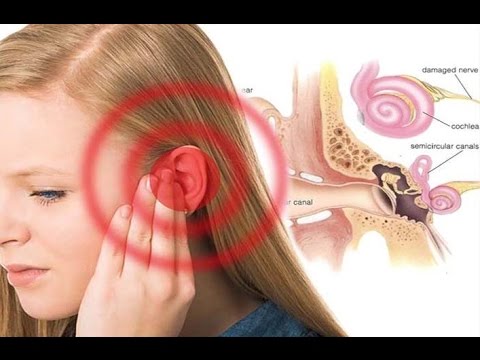Noise Induced Hearing Loss (NIHL)
What is Noise-Induced Hearing Loss (NIHL) ?
Noise-induced hearing loss (NIHL) is a form of sensorineural (caused by damage to the auditory nerve) hearing impairment resulting from exposure to loud noise over an extended period of time. The loss is permanent but preventable. NIHL is one of the most common occupational injuries and a serious public health issue worldwide.

How Noise-Induced Hearing Loss (NIHL) works
Exposure to sounds at 85 decibels or higher for prolonged periods can damage the delicate hair cells in the inner ear (cochlea) that convert sound vibrations into neural signals. The outer hair cells amplify sound and are most vulnerable to damage from noise. Loss of hair cells results in hearing impairment, starting with difficulty hearing high frequency sounds and progressing to difficulty with speech comprehension if exposure continues. The higher the noise level and longer the duration of exposure, the greater the risk and severity of NIHL. The noise does not have to be painful to cause damage. Occupational sources include manufacturing, construction, mining, transportation, and military work. It can also result from recreational noise like concerts, sporting events, motorcycles, power tools, or listening to loud music with earbuds.
What can I do about Noise-Induced Hearing Loss (NIHL) ?
Prevention strategies include reducing noise at the source, rotating workers, limiting exposure time, and using properly fitted hearing protection devices like earplugs and earmuffs. Early intervention can prevent further progression. Decibel (dB) are used to describe the sound.
